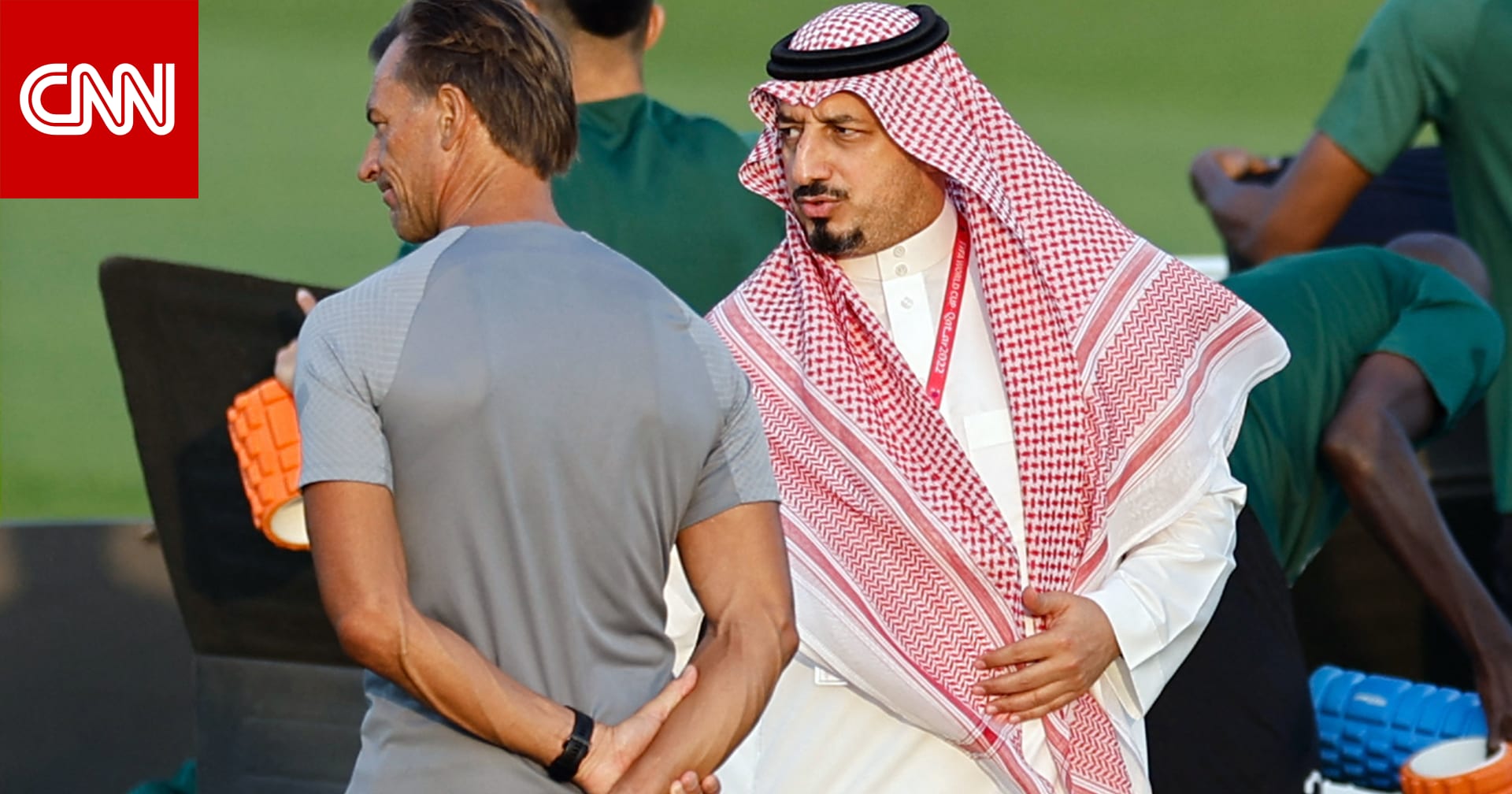Abaca Press
ANNOUNCEMENTS•
-
Eliane Lamper
online editor
-
Eliane Lamper
online editor
Kurds play an important role in the protests against the Iranian regime. Tehran’s government is trying to crack down on resistance in the predominantly Kurdish region in the west of the country. Last weekend they sent heavily armed troops to the region to quell the resistance.
The images show that the cities of the Kurdish region have turned into a military zone. Heavily armed soldiers stand guard on the street and have set up checkpoints. Military helicopters fly in the sky. Gunshots are heard and protesters are seen shooting in the street.
Resistance in Kurdish-majority cities in the northwest of the country is strong. Over the past two months, the security forces have already cracked down on the region. “Because of the violence, the uprising is becoming more bloody and deadly,” says Beri Shalmashi, an Iranian-Kurdish filmmaker. “In Tehran rubber bullets are used against demonstrators, firearms are fired in Kurdish areas”.
Prominent Iranian-Kurdish professional footballer Voria Ghafouri was arrested on Thursday after criticizing the security forces’ killing of Kurds. Last week alone, 42 civilians were killed, according to figures from the Kurdish human rights organization Hengaw, which documents casualties in the region. In total, at least 112 civilians have been killed in the region since the protests began and more than 5,000 people have been arrested.
‘wrought black and blue’
Shalmashi sees that the atmosphere on the street has changed. “Before you saw images of brave young people playing music and climbing the barricades, now I hear the cries of the wounded for help.” He has many contacts with friends and activists who live in the region. “A friend of mine was beaten in black and blue. Yet he continues to take to the streets. The violence only increases the resistance”.
Cattle are being fired in the Kurdish city of Javanrud, according to images on Monday:

Protests brutally cracked down in Kurdish city in Iran
Following the death of 22-year-old Jina Mahsa Amini in Tehran in September, people in the capital took to the streets. Kurdish cities such as Sanandaj and Saqqez, the birthplace of Amini, followed soon after.
Amini was arrested by the morality police in September for allegedly not complying with the country’s strict dress code. Some days later she’s dead, according to witnesses for assault. Amini was called Jina by her family, a Kurdish name that cannot be included in the birth register in Iran.
The young woman has become a symbol of the protests. For the Kurds, it was precisely her ethnic identity that became important. “This was the moment for the Kurds to activate their accumulated anger at their disadvantaged position,” says Mariwan Kanie, a researcher at the University of Amsterdam who specializes in the Kurdish question.
Resistance tradition
The Kurds have a long history of resistance, including in Iran. After the First World War, the Kurds were initially given an autonomous area by the Western rulers, but that was it never reality. As a result, the Kurds have unknowingly been divided between Turkey, Syria, Iraq and Iran.

NO
Since then, Kurds have wanted to reclaim their national, cultural and ethnic rights. “They have a history of fighting and resisting,” says Kanie. “The central power in Iran wants to control the area, because it is seen as a rebellious region and a threat to the state. It is not the first time the region has been militarized.”
Iran’s 10-15 million Kurds are one of many minorities in the country with a disadvantaged status. “They don’t get space in government. It’s also harder for them to get a job,” says Shalmashi. “The Kurdish region is systematically disadvantaged.” Kurds are also reserved in their cultural expressions, such as using their language in education and wearing traditional clothing.
Now the eyes of other Iranians are also on the Kurds. The originally Kurdish slogan ‘Women, life, freedom‘ is now widely used alongside the Persian variant in protests in Iran and western cities. ‘Woman, life, freedom’ was already used by Kurdish feminists decades ago. “‘The road to freedom in Iran runs through Kurdistan’ is another slogan that is often heard in Iran. Kurds are now more welcomed,” says Shalmashi.
The center of gravity of the protests has shifted from the big cities to the Kurdish region, Kanie sees. The researcher fears that the Kurds will face even more violence. “The regime is ready for anything. It is entirely possible that dark days are coming and the Kurds will be collectively punished for the protests.”


